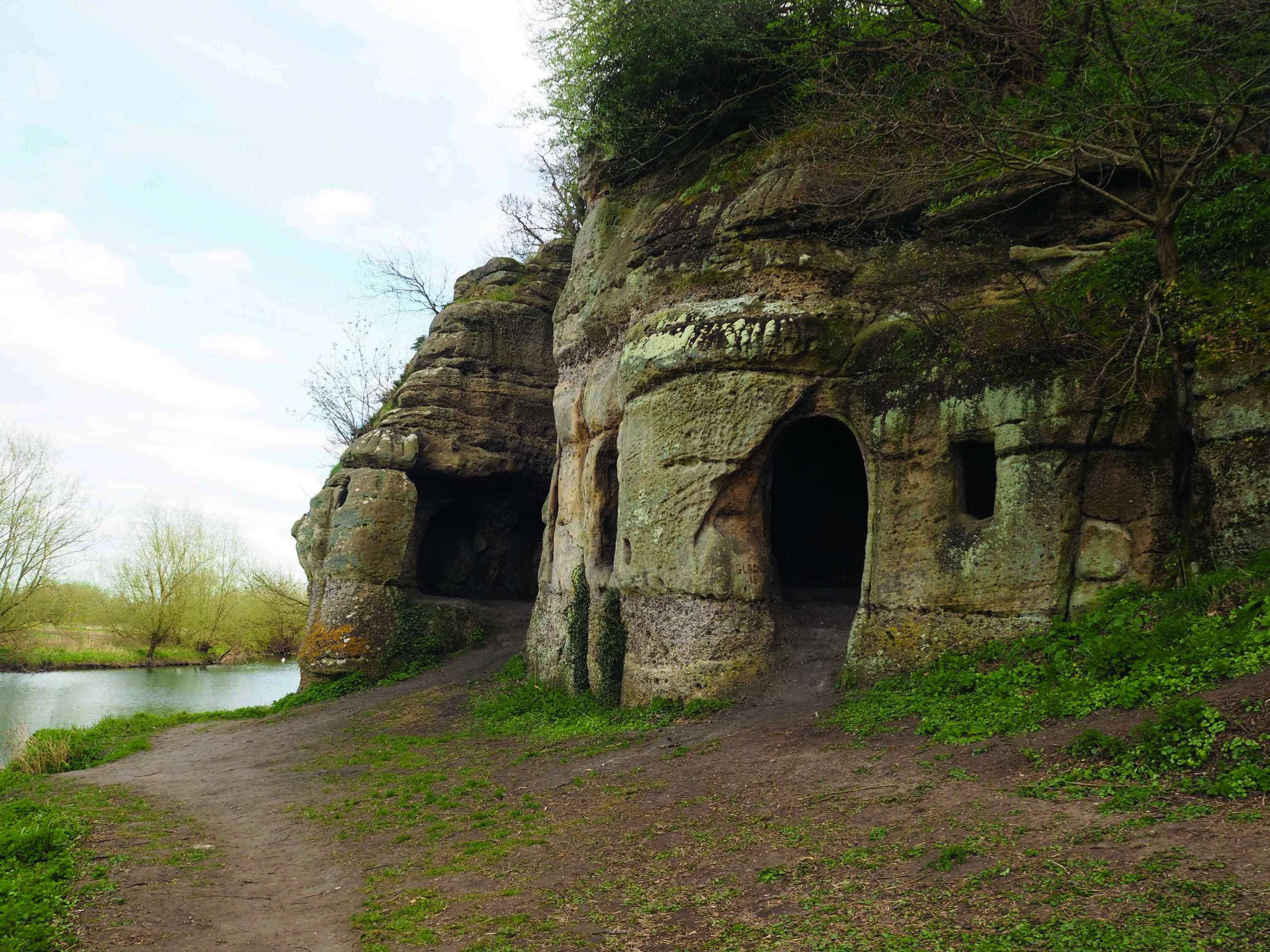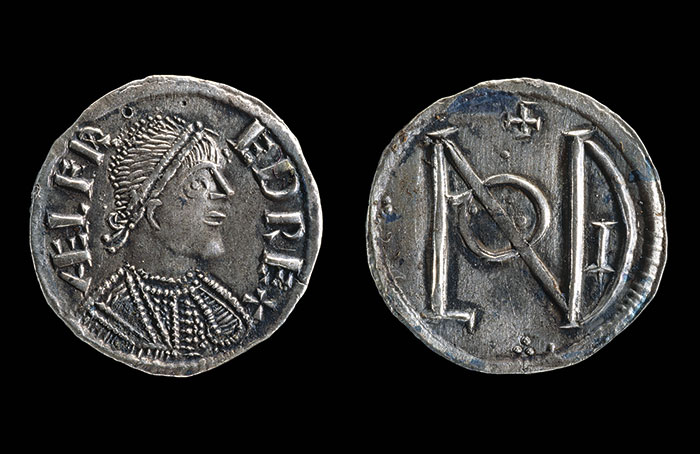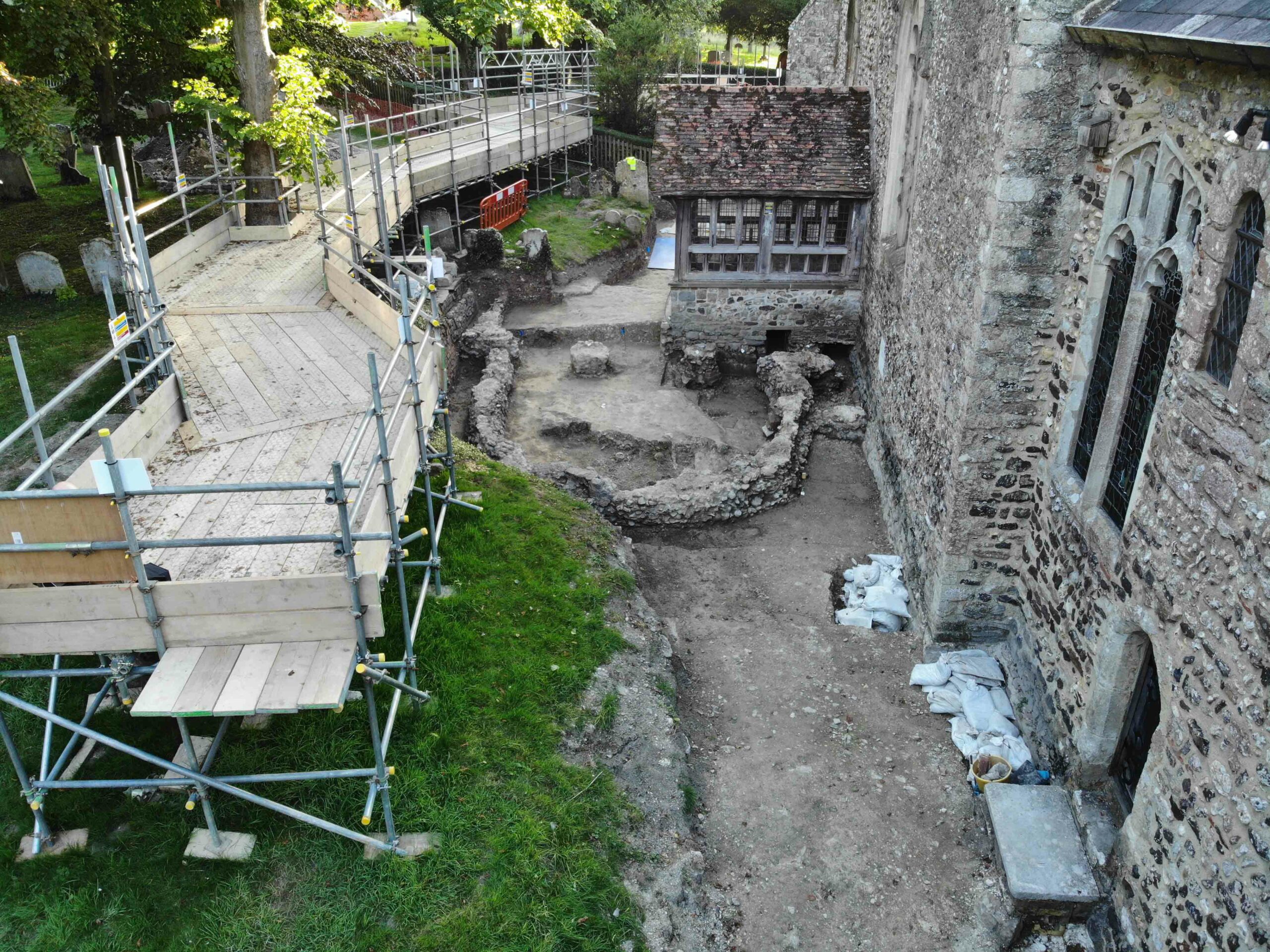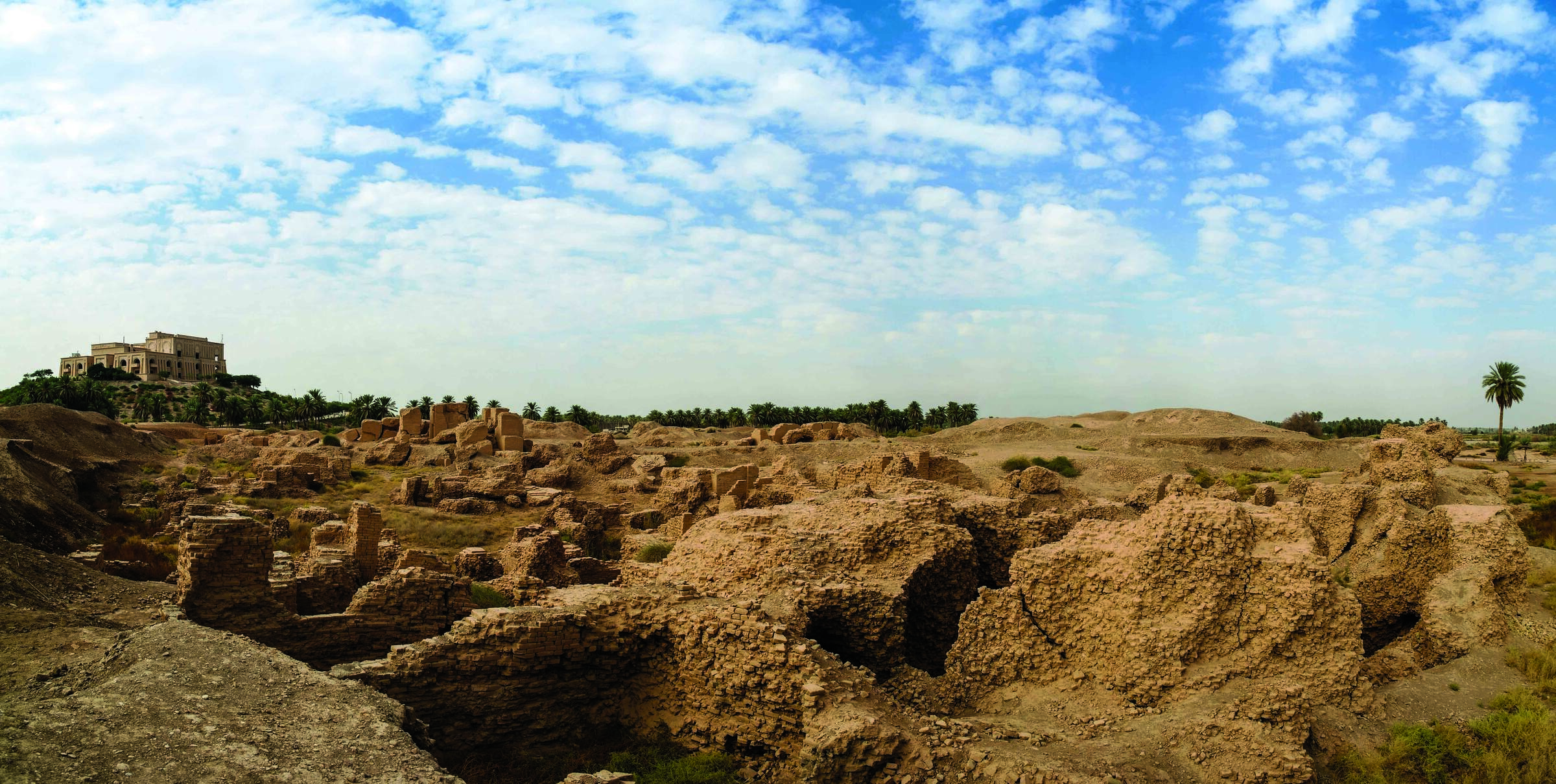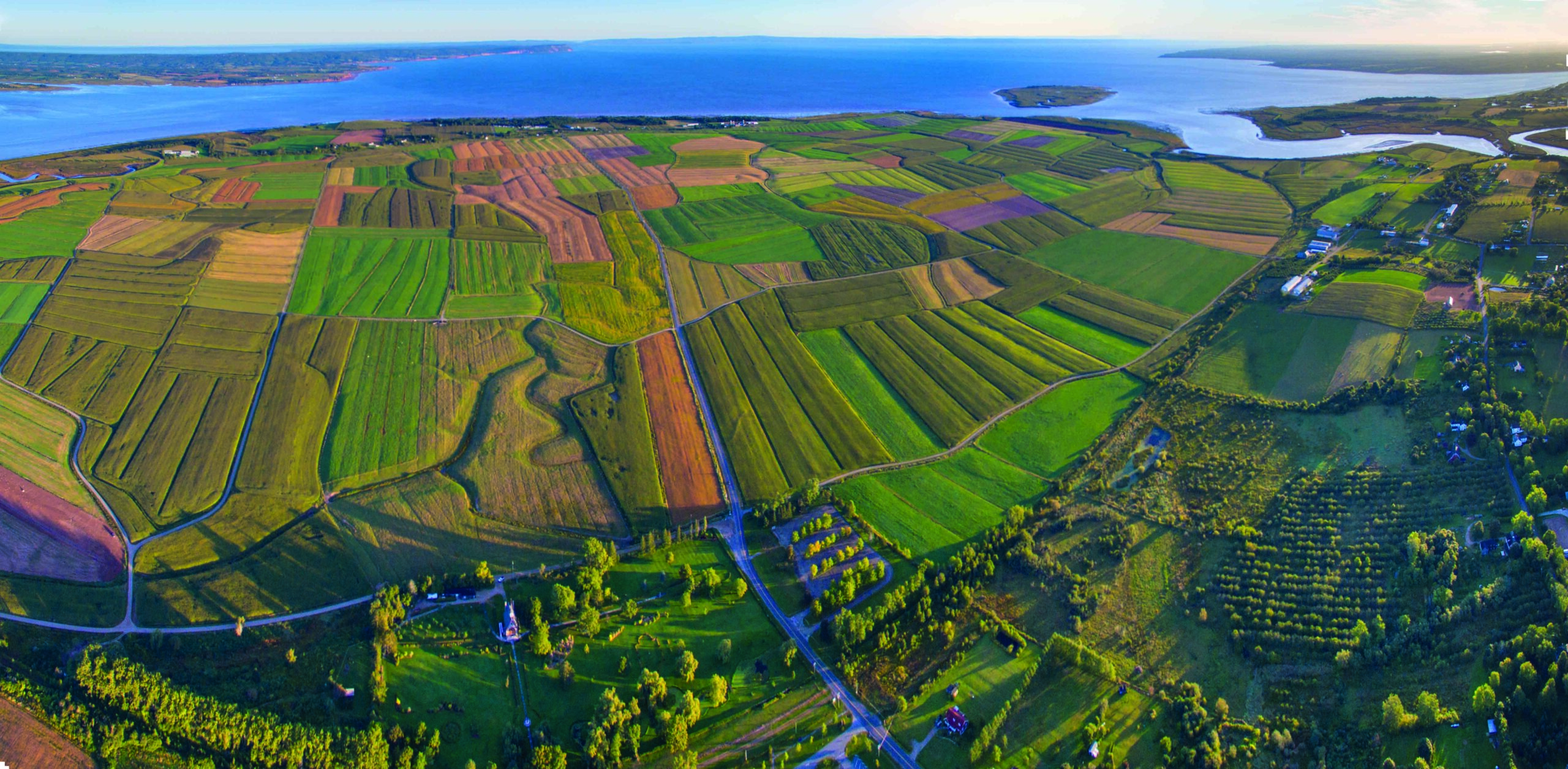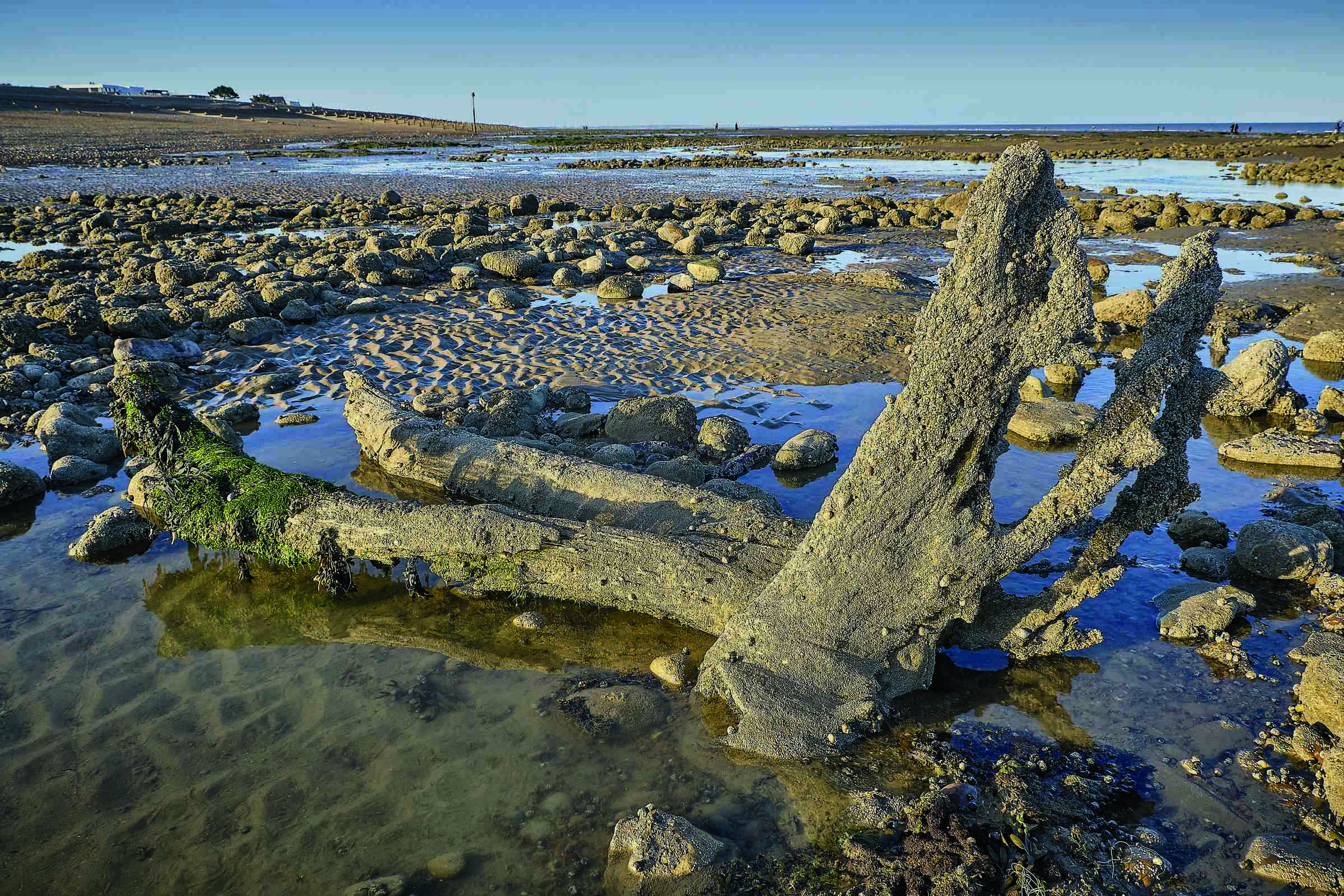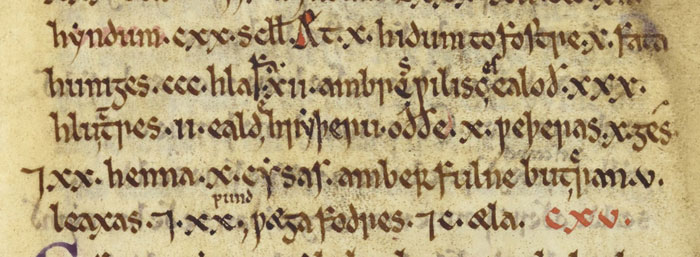
CAMBRIDGE, ENGLAND—According to a statement released by the University of Cambridge, England’s early medieval Anglo-Saxon rulers may not have consumed large amounts of meat on a daily basis, as had been previously thought. Bioarchaeologist Sam Leggett analyzed the chemical composition of the bones of more than 2,000 people who had been buried in England from the fifth through eleventh centuries A.D., and then compared what she found with evidence of social status from grave goods, body position, and grave orientation. The study found no correlation between social status and high-protein diets. Leggett and historian Tom Lambert then examined lists of food from the period and determined in particular that a food list compiled during the reign of King Ine of Wessex (A.D. 688–726) amounted to more than one million calories. If each person at the feast received one of the three hundred bread rolls on the list, they would have also received more than 4,000 calories of meat, fish, cheese, honey, and ale. Yet the chemical analysis of the bones indicates that such meals must have been eaten only occasionally, even by elites. It is more likely that most of the time, a wide range of people ate bread with a small quantity of meat and cheese, and pottages of leeks and whole grains flavored with a little meat, Leggett explained. To read about the excavation of an Anglo-Saxon feasting hall in the village of Lyminge, go to "The Kings of Kent."


